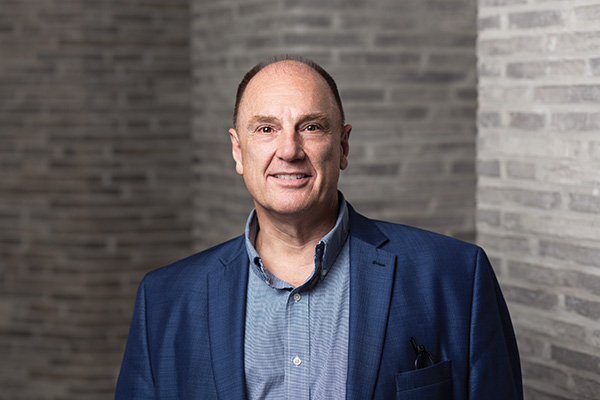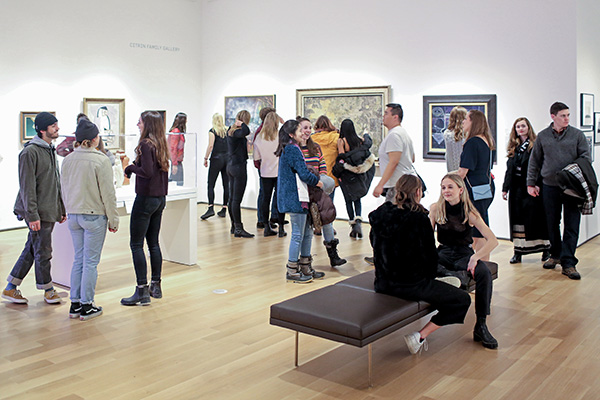The Joy of People and “World Repair”

How surprised was I to start my new job at the Williams College Museum of Art at the start of a new century (2002) and meet a man whose collecting ethos was so different than my own. There is so much more to say about Sigmund “Sig” Balka than will fit here, but the one important point now was that he collected life stories as much as he collected art. When he told you about his collection, he always started with the makers. He would share their biographies, their hardships, and triumphs. I teased him once that he collected people’s lives, and not art, because it was clear that the people involved were primary.
Sig also ran an art gallery at the food distribution company where he worked in Queens. He convinced the owners to let him have the space to enhance employee morale. The gallery earned many avid fans in the workplace. Over the decades, he organized hundreds of exhibitions focusing both on artists who worked at the warehouse and on those he collected. Always the goal of his curatorial practice was people—relishing the act of sharing stories.
It was Sig who introduced me to the concept Tikkun Olam, which he explained as the Jewish ideal of “world repair.” For Sig, collecting art was Tikkun Olam in action. You made the world better by supporting artists, by sharing stories with others, and by focusing on art with a decidedly humanist focus.
My work has proudly been “object-centered.” I have dedicated myself to “teaching museums” because of the primacy of object-based inquiry that this field embraces. Object study drives everything from the design of our buildings to our relationship with the virtual. Early in my career, I recall listening to a colleague talking about an imagined “object’s bill of rights.” This, he argued, should include the right to be cared for, interpreted and reinterpreted regularly, exhibited to best advantage, and kept out of situations that would lead to misinformation or subjugating the object to an ill-fitting thesis. I loved it—and still do—but yet now I know that there must be more.

The object is not the end, but the beginning. The joy of the pandemic was the time to reassess my core values and the joy of it coming to an end (or at least under control) will be the opportunity to act. Whether artists desire to move or soothe, inspire or inflame, inform or baffle their audiences, their core aspiration remains—human connection. I think I suspected this for a long time yet could not bring myself to admit it. I realize now that it is not just the art I love, but the sharing of it that brings me such joy. Would I be happy on a desert island with a great work of art? It sure would help, though I would rather have someone there to share the experience. So, as I emerge from the necessity of living a cloistered existence for over a year, it is people that I most long to reunite with—to share the joy of food, music, art, and time spent together. When I got into the museum field, I convinced myself it was the great art that attracted me; during the pandemic I saw that it is the people I engage with in the orbit of art and creativity that give my work meaning.
Sig was right.
